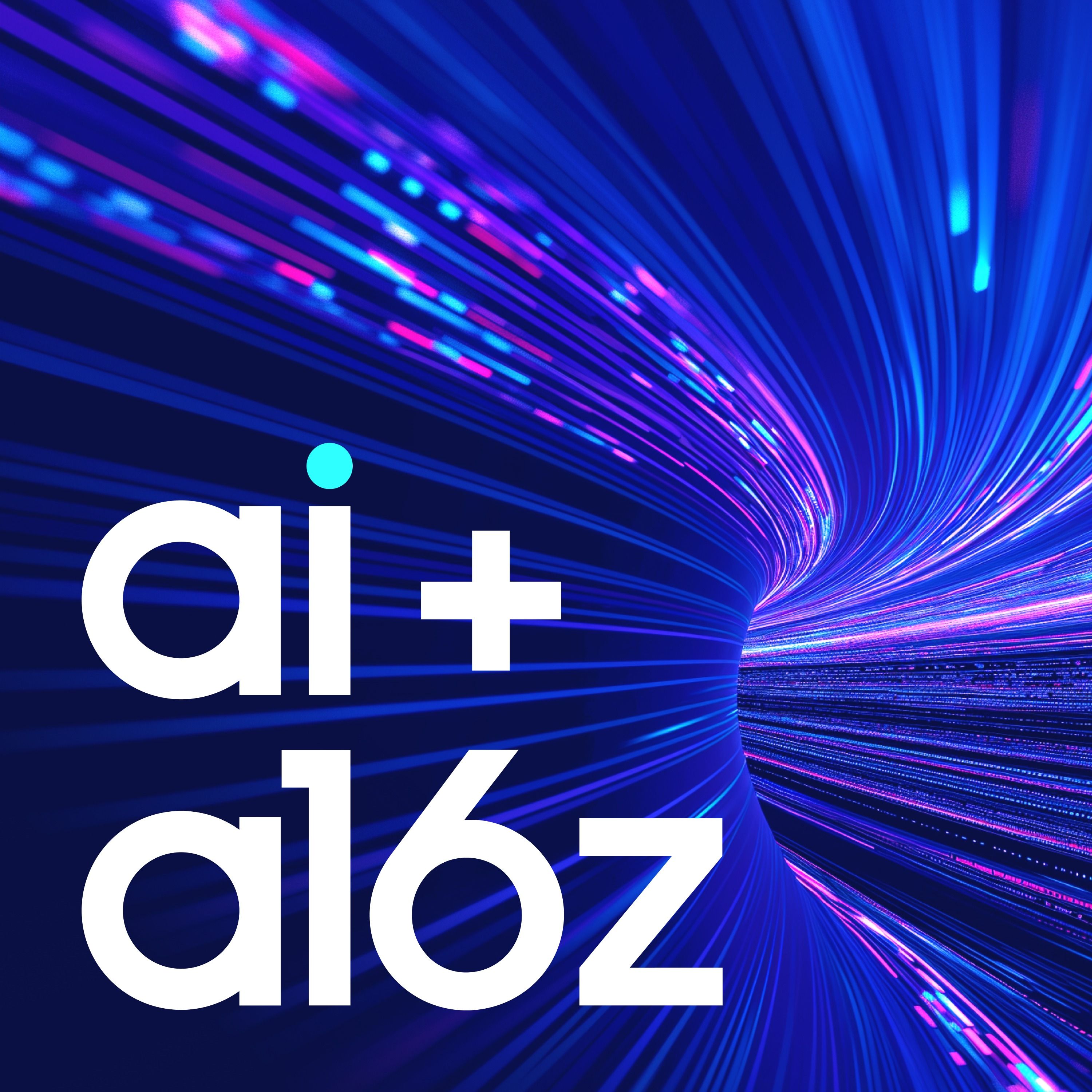
Best of the Year: Building AI Companies

AI + a16z
Deep Dive
What lesson did Ben Fershman, co-founder of Replicate, learn from Docker's early enterprise strategy?
Ben Fershman learned that Docker built a strong bottoms-up developer motion but made the mistake of jumping too quickly to selling enterprise products top-down. This alienated the developers who were actually using Docker, as the enterprise buyers didn’t understand its value. The lesson is to build a developer-focused business step by step, starting with individual developers, then teams, and eventually scaling to enterprise customers.
Why does Ben Fershman emphasize experimentation in building AI products?
Ben Fershman emphasizes experimentation because 90% of what is possible with AI hasn’t been discovered yet. He encourages developers to tinker, try 50 different things, and avoid copying existing solutions like chatbots. The goal is to find unique applications of AI that solve specific problems in new ways, even if it involves a lot of trial and error.
What challenges do AI systems present when transitioning from prototypes to real products?
AI systems are unpredictable compared to traditional software, making it difficult to transition from prototypes to real products. While building prototypes is easy, creating reliable products requires significant effort in prompt engineering, heuristics, and duct tape solutions to handle real-world complexities. Only 10% of the work is done after finding a promising prototype; the remaining 90% involves refining the system for practical use.
How does Tony Holstock-Brown of Inngest compare AI infrastructure to pre-AI systems?
Tony Holstock-Brown notes that much of the infrastructure needed for AI, such as orchestration and queuing, is similar to what existed 5-10 years ago. While AI-specific telemetry and tools are emerging, foundational concepts like orchestration and queuing theory remain unchanged. He suggests that those who solved infrastructure problems in the past are well-positioned to address AI infrastructure challenges.
What pricing model does Decagon use for its AI customer support agents, and why?
Decagon uses a per-conversation pricing model for its AI customer support agents. This model avoids the misaligned incentives of a per-resolution model, where the AI might prioritize quick resolutions over customer satisfaction. The per-conversation model simplifies pricing and ensures predictability for both Decagon and its customers.
What advice does Nikhil Bhaduma of Ambience give for balancing AI expertise with industry knowledge?
Nikhil Bhaduma advises AI engineer founders to deeply understand their users and industry while leveraging state-of-the-art AI models. He emphasizes focusing on high-value use cases where expensive human time is wasted or where inconsistent quality can be improved. Founders should integrate AI into workflows and invest in delivery and change management to ensure customers realize the full value of the product.
How does Socket use a hybrid approach to manage AI model costs in cybersecurity?
Socket uses a hybrid approach to manage AI model costs by first running data through smaller, less expensive models. If multiple smaller models agree that a package is risky, a more sophisticated model is used for further analysis. This approach balances cost and accuracy, ensuring efficient scanning of open-source packages without overspending on expensive models.
What does Dean DeBeer of Command Zero recommend for early-stage AI companies regarding model hosting?
Dean DeBeer advises early-stage AI companies to avoid hosting their own models or building infrastructure from scratch. Instead, they should leverage existing platforms like Azure, Amazon Bedrock, or GCP to prototype and prove use cases quickly. Focusing on solving the core problem, rather than managing infrastructure, allows for faster development and cost efficiency.
What does Mohamed Neroosi of Ideagram highlight as a key difference between research at Google and building products at a startup?
Mohamed Neroosi highlights that at Google, the focus was on research novelty and innovation, whereas at Ideagram, the focus is on building products that meet user needs. Startups require a more holistic approach, considering community, technology, and product, and must efficiently manage resources to deliver value quickly.
What does Naveen Rao of Databricks emphasize about the economic feasibility of AI technologies?
Naveen Rao emphasizes that AI technologies must be economically feasible to succeed and proliferate. He values building technologies into products because when customers pay for them, it signifies that the product solves a meaningful problem or adds significant value. This economic validation is crucial for AI to have a lasting impact.
Shownotes Transcript
A 2024 highlight reel, featuring founders sharing their insights, advice, and experiences building AI companies — from foundation-model labs to vertical applications. Topics include:
- Building AI tools for developers
- Getting into AI as a systems expert
- The researcher-to-founder journey
- Founding AI companies in specific industries
- Early lessons from selling AI agents
- And more
Companies include:
- Ambience
- Anyscale
- Black Forest Labs
- CommandZero
- Databricks
- Decagon
- Ideogram
- Inngest
- Replicate
- Socket
Check out everything a16z is doing with artificial intelligence here), including articles, projects, and more podcasts.